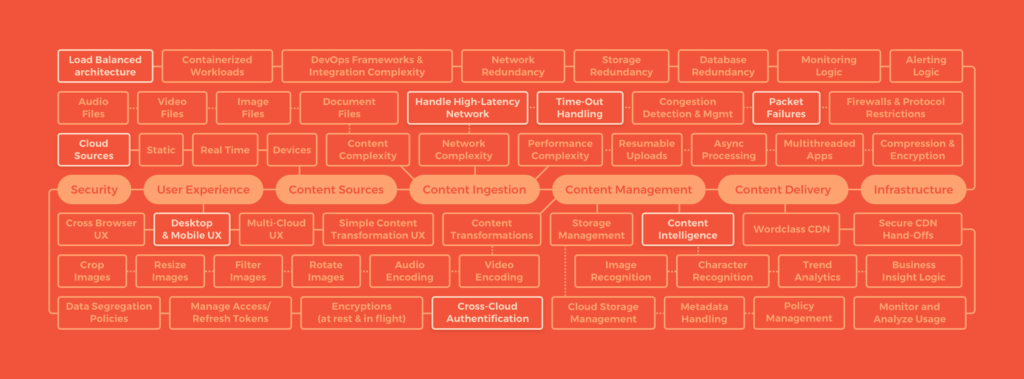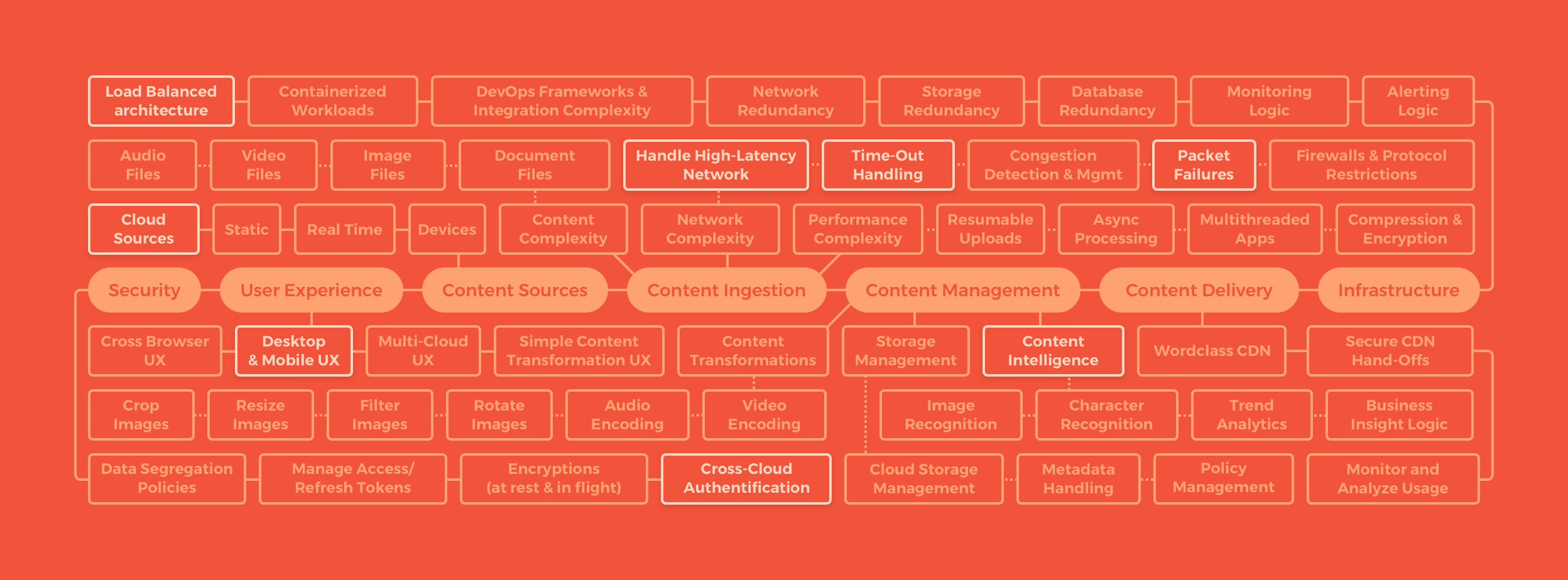We have seen 100+ home-grown uploading solutions. We have helped thousands escape the DIY-drag. Why build a solution for an already solved problem? Learn how Filestack solves uploading for you and why you might want to think twice about building an in-house solution.
“I can build X in Y days!”
“Ha! I can build a better X in a weekend!”
“X is going to be expensive, I’m just going to build it.”
When DIY Goes Sideways
If you work with developers, there is a good chance you have heard the aforementioned quotes before. The good, but also scary part is, they are right. As a product owner or developer, you’ve been tasked with delivering FeatureX. FeatureX has a fairly minimal scope to be viable, but the problem is you needed it yesterday. Tonya, name changed for anonymity, whips together FeatureX over the weekend. FeatureX is alive! Now, Tonya is a senior developer, she has helped you out in tough situations before and seems to always have the answer. You do not question her process; code was tested, everything passed, and staging did not crash. It gets the green-light to deploy to production. Tonya has saved your bacon again, and your boss is happy. Customers are happily using your new slick FeatureX. In fact, it’s a smash hit. Tens of users, hundreds of users, now thousands of users are using it daily.

Then you get your first call from your support team. A customer emailed about FeatureX not working for them. Then a call comes in, it’s support again. They have customers reporting that FeatureX is down. You race to your computer to see if you can replicate the issue. Everything works on your computer, you breathe a sigh of relief. Must be user error. But it’s not. FeatureX is sporadically working, but no one knows the root cause of the issue. Support tickets begin to pile up. You call Tonya, surely she can fix it. Tonya is not answering her phone. You call Tyrone, one of Tonya’s colleagues. He knows of FeatureX, but has never touched the code. He jumps in and starts to troubleshoot. Tyrone is on the phone with support, asking for error codes, logs, screenshots… anything that might help him get to the root cause. This goes on for hours, customers are now taking their frustrations to Twitter. Pure chaos. Thaddeus, your friendly systems engineer, walks in and casually mentions he rolled out an update to all your nginx servers a few hours ago. Eyes perk up, the update is rolled back, all eyes are on the system status dashboard. Why is the FeatureX not coming back online? Tyrone is furiously typing away. As he was troubleshooting, he made a schema change to Tonya’s code that changed its behavior. He’s reviewing commits trying to figure out where to rollback to. After a few tries, the service dashboard turns green. FeatureX is operational. The phone rings, it is Tonya. She asks, “what did I miss?”
Ready to get started?
Create an account now!
API Integrations Speed Up Time to Market
While every story may not be this extreme, there’s a lot of commonalities you may relate to. Sometimes it makes sense to build software in-house, but the proliferation of 3rd party API services like Filestack are changing the game when it comes to application development. One should give pause before building a brand new service in-house. Go online and do research to see if there is an existing API service that would save you bunches of money, and more importantly, developer time. Once you integrate, you are not just gaining a feature, you’re gaining the collective experience of experts that work all day, everyday, on this one feature. They know how it scales, where to look if things break, and are able to resolve problems quickly. While getting to market more quickly and at a lower cost is a huge advantage, there is an even more important advantage: you can focus on developing differentiated core capabilities at a higher velocity than your competitors.
Questions to ask yourself in a build/integrate scenario
– How many developer resources do I have available to build this feature? Maintain this feature?
– Can I harness domain experts to help design this feature?
– Has anyone on my team built this before?
– How much time to will it take to
– design
– build
– test
– deploy
– maintain
– Will building this divert resources from something else?
– Do I need to hire additional resources? If so, what is the cost breakdown?
– What is the infrastructure cost to run this internally?
Filestack Solved Uploading So You Don’t Have To
The list above just scratches the surface when it comes to building and scaling a service. Uploading is Filestack’s bread and butter. We pioneered the upload / cloud storage integration category since 2011 and are getting better everyday. With the launch of our Content Ingestion Network and Intelligent Ingestion services, and new AI/ML capabilities to help customers better understand data, we are positioned to make you a data hero. If you deal with tens of files or billions of files, Filestack is here to make you the ultimate broker of data. What are you waiting for? Sign-up now for a free trial and put uploading, cloud integration, and data intelligence pains to rest forever.
P.S: Looking for guides on how to use Filestack for your tech stack? Check out these guides on how to handle a PHP file upload, jQuery file upload, or AJAX file upload using Filestack.
Filestack is a dynamic team dedicated to revolutionizing file uploads and management for web and mobile applications. Our user-friendly API seamlessly integrates with major cloud services, offering developers a reliable and efficient file handling experience.
Read More →
